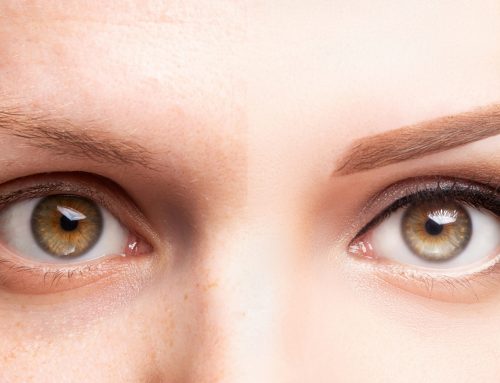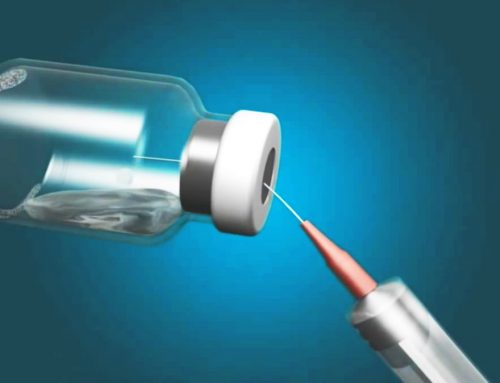We all know Botox makes people look pretty. A lot of people even heard about how it can help stop armpit sweating. But did you know it has already shown an increase in the quality of life in Cerebral Palsy patients?
While Botox might not actually have shown to cure any diseases, it has been shown to have reduced a number of symptoms that have improved the quality of life in dozens of diseases, syndromes and disorders.
We’ve compiled a list based on a number of active clinical trials from the National Institute of Health and the Food and Drug Administration of various different ways they are getting Botox to work for.
*Note – this list includes uses that may still be in clinical trials, and not approved yet, while other uses are being actively implemented in the present time.
Migraine Disorders
Dysfunctional Voiding
Hemifacial Spasm
Refractory Migraine
Interstitial Cystitis
Alopecia Areata
Cerebral Palsy
Sleep Bruxism
Lateral Canthus Rhytides
Postherpetic Neuralgia; Diabetic Poly
neuropathies; Other Polyneuropathies
Cleft Lip Repair
Damage Control Laparotomy
Psoriasis Vulgaris or Psoriasis
Skin Disease / Neoplasms
Tennis Elbow
Frown Lines
Glabellar Lines
Crow’s Feet
Upper Facial Rhytides
Cervical Dystonia
Thoracic Outlet Syndrome
Breast Reconstruction after Breast Cancer
Treatment for Arthritis of the Basal Thumb Joint
Multiple Sclerosis and tremors
HIV Posterior Cheek Enlargement
Other Infantile Cerebral Palsy
Stroke With Hemiparesis
Spasmodic Dysphonia
Treatment in Pediatric Upper Limb Spasticity
Pediatric Lower Limb Spasticity
Diffuse Esophageal Spasm
Vasopressor
Neuroma
Bruxism
Glabellar Rhytides
Overactive Bladder
Drooling w/ Cerebral Palsy
Treating Detrusor Overactivity and Renal Function in Chronic Spinal Cord Injured Patients
Arthritis Pain
Raynaud’s Syndrome
Shoulder Pain
Alopecia Areta
Depression
Strabismus
Muscle Spacticity
Vocal Fold Granulomas
Cervicobrachial Neuralgia; Myofascial Pain Syndromes
Quality of Life of Cervical Dystonia Patients
Improving Muscle Spacity
Hemiplegia
Skin Aging
Parkinson’s Disease; Foot Dystonia and Multiple other Symptoms
Hereditary Leiomyomatosis and Renal Cell Cancer
Localized Provoked Vulvodynia
Urge Urinary Incontinence
Stomach Neoplasms
Eye Disease – Upper Lid Retraction
Catocholamine Induced Finger Necrosis
Proctalgia
Obesity
Hallux Valgus
Levator Ani Symdrome with Pain or Constipation
Cervical Dystonia
Non-relaxing Puborectalis Syndrome
Amyotrophic Lateral Sclerosis (ALS) Related Sialorrhea
Lower Extremity Lengthening and Deformity Correction Surgery
Pelvic Pain in Women With Endometriosis
Peyronie’s Disease
Flexion Contracture Following Total Knee Replacement
Chorea
Blepharospasm
Urinary Incontinence
Facial Rhytides
Motor Impairments
Torticollis
Leg Length Inequality and Foot Deformities
Hyperhidrosis
Nervous System Disorders
Scrotal Pain
Forward Head Posture With Associated Episodic Headache Disorder
Overactive Bladder
Epidermolysis Bullosa Simplex
Rosacea
Thanks for stopping by. If we’ve left anything out please feel free to leave it in the comments below and we’ll add it to our list.
Thanks!





